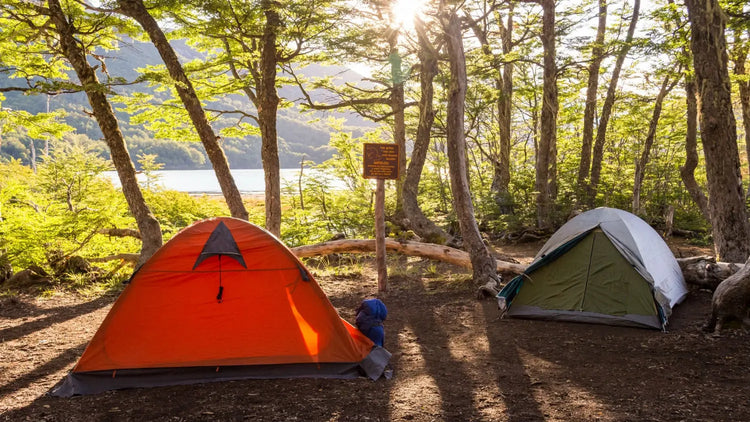Need Help Choosing the Perfect Camping Destination? Follow These Steps!
If you're unsure about where to go camping, these steps can guide you in selecting the perfect destination that fits your camping style and budget:
1. Take Climate into Account
When deciding on a camping destination, consider the climate of different locations. Some destinations may have more favorable weather conditions depending on the time of year. For instance, desert areas like Death Valley can be too hot for camping during the summer but provide a perfect getaway during colder months.
If you're planning a summer camping trip, mountainous regions offer a refreshing escape from urban heat. However, if you decide to go mountain camping in early spring or late fall, be prepared for snow and cold temperatures.
2. Bucket List Destination?
If you've always dreamt of visiting destinations like the Grand Canyon, Glacier, Yosemite, or Yellowstone, now might be the perfect time to turn those dreams into reality.
3. Consider Crowdedness
Keep in mind that many popular camping destinations can become extremely crowded during the summer months. The influx of visitors not only hampers your connection with nature but also leads to higher campground fees and limited access to certain hiking trails. To avoid the crowds, you may want to consider either selecting a different destination or planning your trip during the off-season.
4. Consider Your Budget
Your budget plays a crucial role in determining your camping destination. If you're on a tight budget, consider choosing a destination closer to home and avoiding popular spots during peak season. However, if you have a larger budget, you can travel farther and camp near major scenic areas.
5. Consider Travel Distance
Determine the distance you are comfortable traveling to reach your desired climate and destination. Keep in mind that your budget will also influence this decision.
Many campers prefer to choose destinations close to home to minimize travel expenses. Staying nearby also allows for greater flexibility in changing plans or embarking on spontaneous camping trips. However, some campers choose to make a road trip out of it and explore camping spots along the way when traveling further.
If you decide to fly, be aware that there may be restrictions on flying with camping gear. You might need to purchase items like bear spray or stove fuel upon arrival.
6. Identify Camping Destinations
Now it's time to start looking for potential camping destinations.
Open Google Maps and enable the "Terrain" feature. You can also download a topographic map of your area.
Utilize the "Measure distance" tool to draw a line indicating how far you're willing to travel. If you're using a downloaded or paper map, draw a circle with the desired radius.
Take note of any National or State parks within your search area. Also, look for public lands and areas with dense vegetation, lakes, or other natural features.
Zoom in on the map and click on various locations to gather more information.
If you're fortunate, you may have multiple options within your designated radius. If not, you might need to expand your travel radius in order to find suitable camping destinations.
7. Choosing a Campground
After deciding on your camping destination, it's time to start searching for campgrounds in the area. Consider the campground's proximity to your planned itinerary and activities. Additionally, decide which amenities are essential for your trip, such as potable water, showers, organized activities, or an on-site restaurant.



